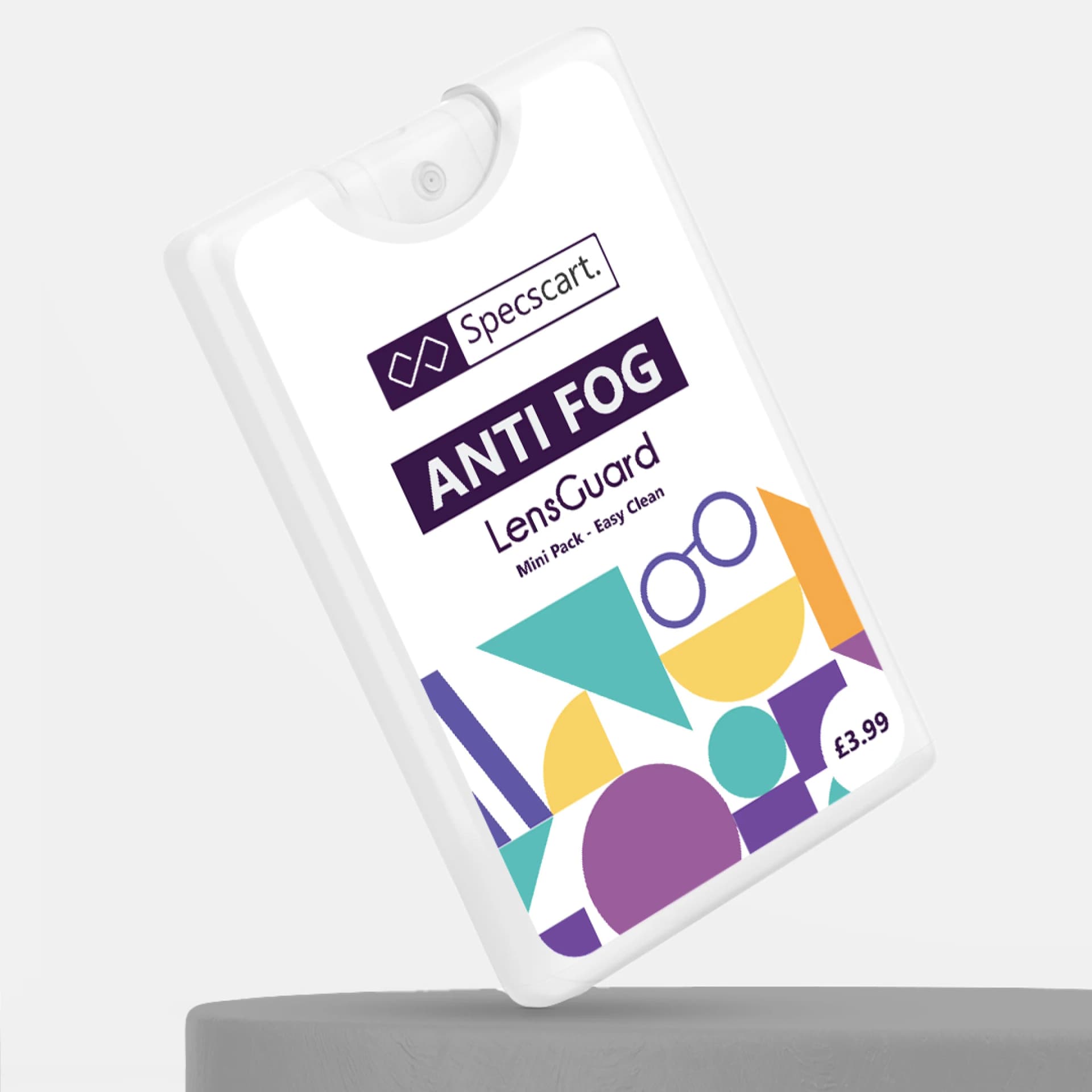Gone are the days when you had to hop from one store to another to buy eyeglasses. In this digital era, you don’t have to come out of your comfort zone and can easily place an order online. Online shopping has become one of the best measures in terms of cutting extra costs and efforts. Apart from that, the online space exposes you to a variety of options— you can choose the one that fits your needs. In this blog, learn how you can place an online order for glasses with us.
Process of Ordering Glasses Online
Here is a step-by-step guide for a seamless shopping experience.
Step 1: Use the filter option
Visit our website and navigate to the glasses or sunglasses page from the menu option.

Glasses
Sunglasses
After that, use the filter option and choose the brand, price range, style, type, material and colour. Also, we have different glasses that are potent enough to serve various purposes— everyday pairs, professional glasses, party eyewear, travel eyeglasses and gaming glasses. Choose the category according to your preference.

Step 2: Buy and select lenses

After you are done selecting a pair of glasses, you need to click on the ‘Buy and Select Lenses’ option. Remember— the glasses should be available and not out-of-stock in the first place. In the next step, you will have to take care of 4 things— lens type, lens coating, lens package and prescription.
Lens Type:
Single Vision
Premium Varifocals
Non-Prescriptive

Lens Coating:
Digital Blue Protection
Clear Fully Loaded
Sunglasses Tints
Light Adaptive - TransitionsⓇ Lenses

Lens Package:
Basic - Suitable for the Powers 0 to 3
Thin - Suitable for the Powers 0 to 6
Ultra Thin - Suitable for the Powers 0 to 8
Super Ultra Thin - for the Powers above 8

Prescription:
Send a Prescription Later
Upload a Photo
Enter New Prescription
Use Saved Prescription

Step 3: Proceed to checkout

In this step, you will be able to look at the overall price. Now you have to click on the “Proceed to Checkout” button. Don’t forget to look at the offers— they are crazy!

Sign in if you are a returning customer, or sign up if you are a new customer.

Fill in the details, including ‘Shipping Address’ and ‘Billing Address.’
In the last step, pay and complete your order. You can opt for PayPal, Google Pay, Apple Pay or your credit/debit card. You can also go for options like Klarna and Clearpay, as they offer the option of buying now and paying in easy interest-free instalments.
Try Before You Buy
The best part about shopping with us is that you can try these glasses for free at your home. You can choose 4 frames of your choice, and we will send them with 3 demo lenses and a UV pen for 7 days. We also offer free shipping both ways, so you don’t have to worry. Try it on, click pictures and ask friends and family how it looks and then decide.
To Sign Off
Hopefully, you are now aware of the overall process. Get your glasses without any further ado and make use of our next-day delivery on prescription glasses powered by Specscart Rocket. If you have any doubts, you can feel free to reach out to our friendly customer support team via live chat, email, or phone.
Unlock a £10 gift voucher instantly when you follow us. Just hit us up over DM and we will reply back with an exclusive code.
Caution: You may become style obsessed
Your way finder
2000+ Trendy Styles

Fashion Forward Sunnies





















































